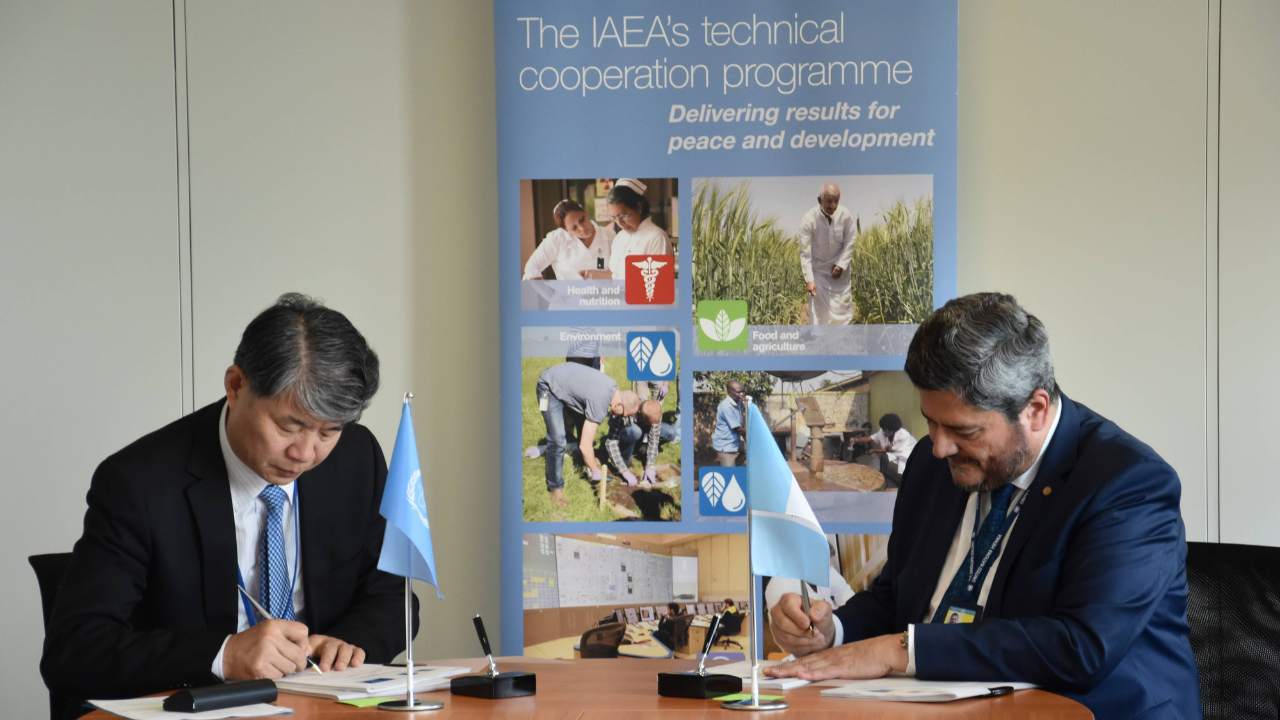
Introduction: A Defining Moment for Regional Ergonomics
In 2013, the International Ergonomics Association (IEA) formally recognized ULAERGO (Unión Latinoamericana de Ergonomía) as the official Latin American regional network for ergonomics. This recognition was more than symbolic—it legitimized ULAERGO as a central force in advancing ergonomics science and practice across Latin America. The move established a strong collaborative framework between global and regional actors, allowing ULAERGO to move from a loosely connected network to a structured, internationally respected body.
This article explores the impact and outcomes of this pivotal recognition, analyzing how it influenced professional legitimacy, policymaking, research, and cross-border collaboration.
What IEA Recognition Meant
When the IEA recognized ULAERGO in 2013, it granted the organization:
- Official regional status within the IEA global structure
- Voting rights and representational presence in IEA governance
- Authority to coordinate regional ergonomics activities
- Eligibility for IEA-sponsored funding, projects, and capacity-building programs
This elevated ULAERGO’s influence and formalized its role as the collective ergonomic voice of Latin America.
Pre-Recognition Landscape: Fragmented Efforts, Limited Influence
Before 2013, Latin America had national ergonomics societies—such as in Brazil (ABERGO), Argentina (SADERGO), Mexico (SOMERGO), and others—but no unifying body with formal international standing. While ULAERGO had already been founded in 2004, it lacked formal recognition, consistent funding, and unified strategic direction.
Key Challenges Before Recognition:
- Lack of regional coordination on policy or research
- Poor visibility in global ergonomic dialogues
- Limited access to IEA funding or decision-making
- Minimal cross-country standardization in practice or training
IEA’s 2013 recognition solved many of these structural limitations.
Immediate Impacts of IEA Recognition
1. Institutional Legitimacy
Governments, universities, and industries began taking ULAERGO more seriously, leading to new partnerships and invitations to policy-making forums.
2. Access to Resources
ULAERGO gained eligibility for IEA funding and technical tools, including digital libraries, training programs, and joint publications.
3. Cross-Border Collaboration
National societies coordinated more frequently, launching joint research projects, regional conferences, and standard-setting efforts.
4. Professional Development
ULAERGO developed region-wide training and certification programs, aligning them with IEA standards but adapting for Latin American context.
Case Outcomes: What Changed Post-2013
| Domain | Pre-2013 | Post-2013 Transformation |
|---|---|---|
| Recognition | Informal status | Official regional IEA network |
| Visibility | Low global visibility | High presence at IEA and global events |
| Funding Access | Limited to national sources | Eligible for IEA and international grants |
| Training & Certification | Fragmented, country-specific | Unified frameworks across Latin America |
| Policy Engagement | Minimal influence | Regular participation in labor, health, and safety policymaking |
| Regional Events | Isolated country-specific events | Co-hosted ULAERGO-IEA regional congresses |
Strategic Shifts Triggered by Recognition
1. Regional Identity Building
IEA’s endorsement gave ULAERGO the authority to define a Latin American ergonomic identity, including integration of indigenous knowledge, informal labor practices, and cultural adaptation.
2. Launch of ERGOLATINOMÍA Projects
ULAERGO formalized ERGOLATINOMÍA—its culturally rooted approach to ergonomics—as a credible framework, now internationally acknowledged due to its IEA-backed status.
3. Growth in Membership
More national societies joined ULAERGO, expanding from 6 core members in 2013 to 15 by 2020.
4. Enhanced Research Collaboration
ULAERGO coordinated region-wide studies on topics like:
- Informal economy ergonomics
- Agricultural labor safety
- Urban workspace challenges
These studies were published with IEA cooperation and shared at global congresses.
Key Collaborations After Recognition
| Year | Initiative | Collaborators | Result/Impact |
|---|---|---|---|
| 2014 | Latin American Ergonomics Congress | IEA, ULAERGO, Brazil’s ABERGO | Over 1,000 participants from 18 countries |
| 2015 | IEA–ULAERGO Training Exchange | Chile, Mexico, Peru | Cross-border instructor exchanges |
| 2017 | Regional Ergonomics Certification Framework | IEA + all ULAERGO members | Standardized credentialing system |
| 2019 | Study on Informal Labor and Ergonomics | ULAERGO + IEA Technical Committee | Influenced ILO Latin America reports |
| 2022 | COVID-19 Remote Work Ergonomics Guidelines | ULAERGO, IEA, WHO | Used by ministries of labor in 9 Latin American countries |
Overview Table: Major Outcomes of IEA’s 2013 Recognition of ULAERGO
| Area | Outcome Description |
|---|---|
| Legitimacy | Recognized as the regional leader in Latin American ergonomics |
| Policy Influence | Contributed to regional labor and health ergonomics policies |
| Regional Cohesion | Unified previously fragmented national societies |
| Professional Standards | Developed regionally aligned certifications and training programs |
| International Integration | Participated actively in IEA governance and global conferences |
| Research Visibility | Produced and shared regional research at an international level |
FAQs
1. Why was 2013 such a turning point for ULAERGO?
IEA recognition granted ULAERGO formal legitimacy, access to global resources, and authority to coordinate Latin American ergonomics at scale.
2. What practical changes followed the recognition?
ULAERGO developed unified certification standards, launched joint regional studies, and influenced government ergonomic policies.
3. Did ULAERGO change its structure after recognition?
Yes, it adopted a more formal governance structure aligned with IEA expectations, including regional councils and strategic committees.
Conclusion
The 2013 IEA recognition of ULAERGO was a pivotal moment in the history of ergonomics in Latin America. What was once an informal network of like-minded professionals became a formalized, globally recognized, and highly influential institution. ULAERGO didn’t just gain a badge of credibility—it acquired a seat at the table of global ergonomics governance.

